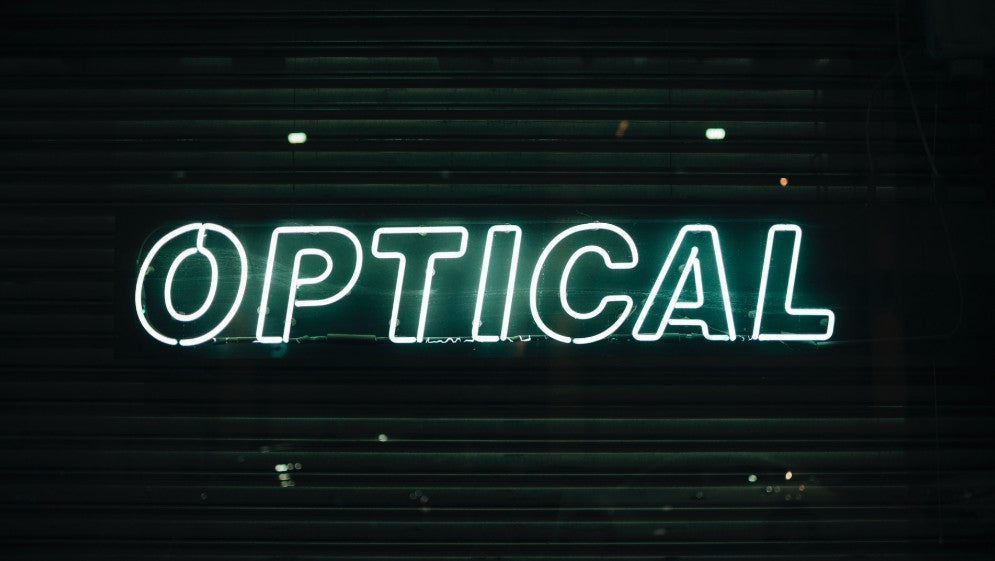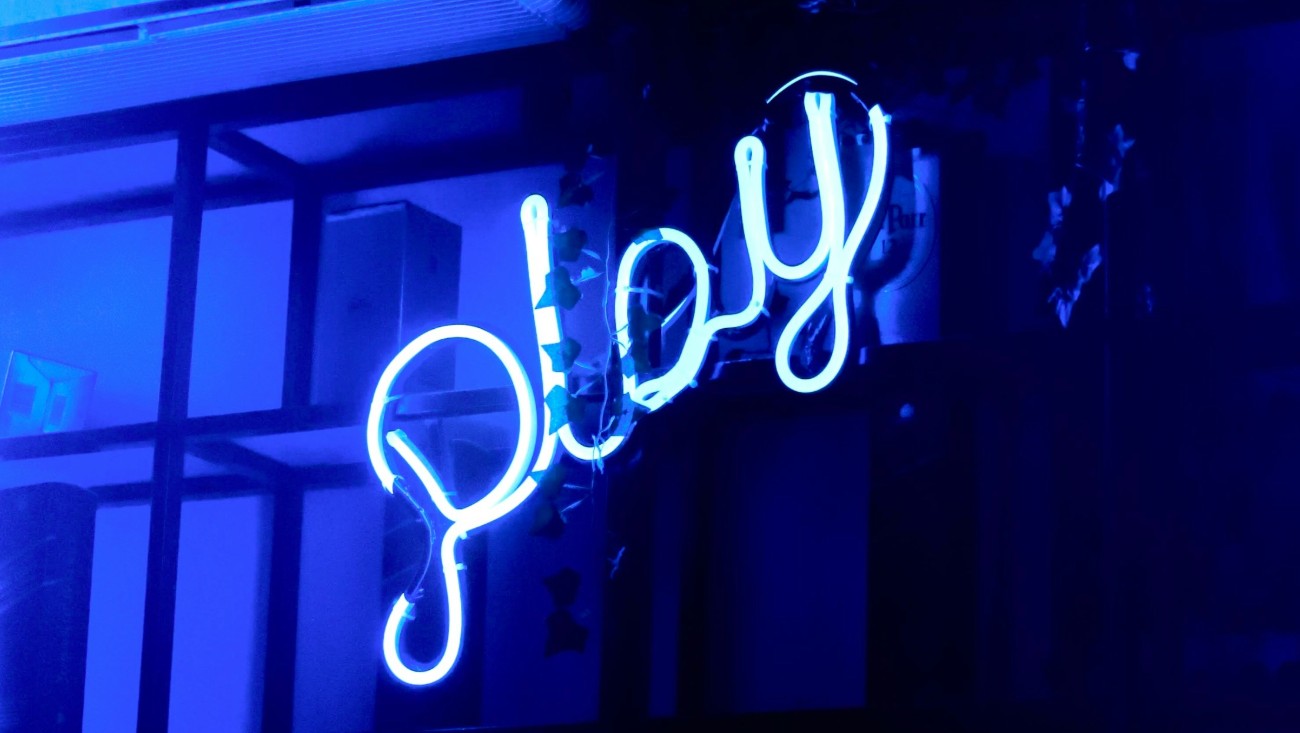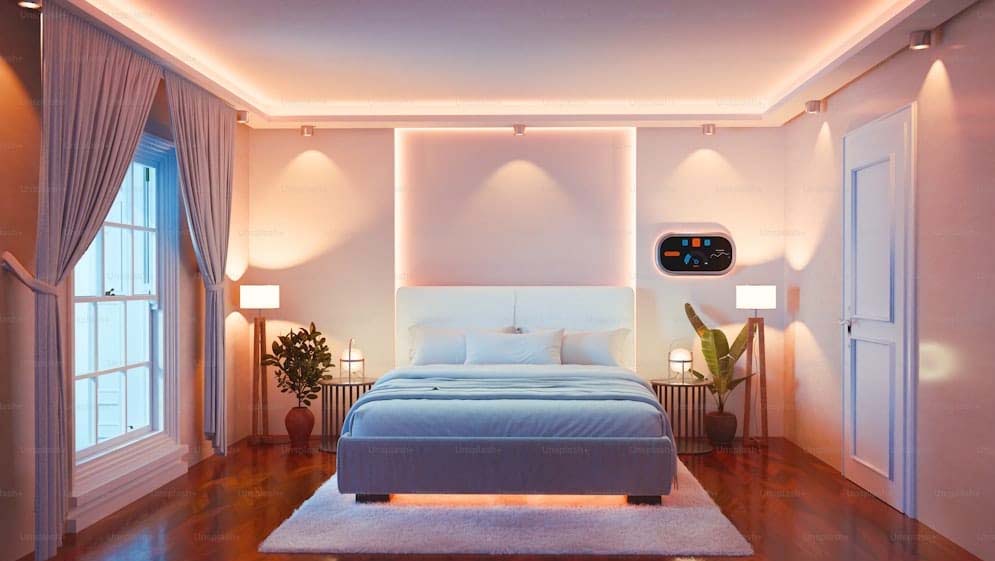A few years back, we tried making our first LED neon sign in a cramped college dorm room. The air stank of melted plastic, the desk was littered with wire clippings, and we kept blowing fuses.
Still, seeing that first flicker of neon light - bright, clean, and silent - felt like a small miracle. Making a custom neon sign is messy, sometimes frustrating, but such a satisfying project.
We’ve learned a few things since then, especially about choosing the right materials, planning every bend, and knowing when to ask for help. Here’s what we’d tell anyone itching to create their own faux neon masterpiece.
Use LED neon flex for safe, vibrant, and custom results. Plan your design, measure carefully, and cut only where marked. Solder connections, secure your flex to backing, and always test before final mounting.
Key Takeaways
- Measure twice, cut once - precision prevents wasted materials and headaches.
- Clean wiring and secure mounting make your sign look professional and last longer.
- If your design gets intricate, sometimes it’s smarter to let a pro handle it.
Materials and Tools for Making LED Neon Signs
We’ve gone through plenty of trial and error, so don’t skimp on the basics. The right materials make all the difference, especially when you’re halfway through and realize your flex won’t bend sharply enough or your adhesive won’t hold. Here’s what we reach for:

Selecting LED Neon Flex Lights
Not all LED neon flex is equal. For simple wall art or neon lettering, single-color flex works great. If you want to change colors or smart controls, go for RGB LED strip options. We usually choose flex that’s 6x12mm (width x height) for most projects - thin enough to bend, bright enough to pop on any acrylic sheet or sign backing.
- Single-color for classic neon effect LED signs.
- RGB or RGBW LED neon for color-changing effects.
- Look for UL or CE certifications if you want to avoid headaches with low-voltage LEDs.
Backing Materials and Preparation
Acrylic panel is our go-to - clear, black, or even UV-printed for extra flair. Acrylic sheet is easy to cut and drill, gives a clean look, and lets the neon pop. For retro vibes, wood or PVC can work too. We’ve tried light boxes for added depth, but usually stick to flat panels.
- Black acrylic helps neon shapes stand out.
- Pre-cut acrylic sheets save time, but custom sizes give you more control.
- Always clean before gluing - dust ruins adhesives.

Essential Tools and Accessories
We’ve built up a small arsenal. The most used:
- Sharp scissors or tube cutters for neon rope.
- Soldering iron and solder - don’t settle for twist-on connectors.
- Hot glue gun, strong CA glue, or double-sided tape.
- Wire cutters, 20-gauge conductor wire, and a hand-held drill for holes.
- A thread or string for measuring curves.
- Zip ties, plastic wire clips, and shaping wire for odd angles.

Additional Components for Custom Effects
If you want dimming, smart controls, or a remote control, budget for extras.
- Dimmer switches, 555 timer IC, MOSFET transistors for advanced setups.
- Toggle switches for on-off control.
- RGB controllers for color-changing signs.
- For channel letters or 3D printable projects, plan for extra mounting hardware.
Step-by-Step Process to Create LED Neon Signs
This isn’t something to rush. We’ve ruined enough LED strips to know slow is fast here. Here’s how we make our own signs, from sketch to switch-on.

Designing Your Custom Neon Sign
Start with a pencil or a tablet. We use vector programs for mock-ups, but a sheet of paper and a steady hand work too. Simple curves and blocky neon letters are best if you’re new - complex neon shapes take patience.
- Print your design at full size.
- Tape or transfer it directly onto the acrylic sheet or backing, keeping in mind how LED neon lights work to diffuse light evenly.
- Mark color changes for faux neon signs with multiple hues.

Measuring, Planning, and Cutting LED Neon Flex
We use thread to trace the outline - it gives a perfect measurement for how much LED neon flex you’ll need. Always add 10% extra for mistakes or mis-measures.
- Mark every sharp corner or bend, especially for neon lettering.
- Cut only at manufacturer-indicated points (little black lines or scissor icons).
- Use sharp tube cutters or scissors - crushed ends mean dead LEDs.

Preparing and Modifying the Sign Backing
Here’s where the sign starts feeling real. Drill holes at the end of each LED segment so the wire can snake through to the back. For a flush look, cut shallow grooves along the design, especially on black acrylic.
- Clean the surface with isopropyl alcohol.
- Test-fit the neon rope before gluing.
- Pre-drill mounting holes for future sign hanging.

Wiring, Soldering, and Wiring Management
Take your time here, especially if you’re new to soldering. We always test solder joints with a multimeter before sealing them up.
- Solder connections for each cut segment.
- Use shrink tubing or electrical tape to insulate bare wires.
- Route wires through drilled holes to keep the front clean.
- If using an RGB LED strip, label each wire for future troubleshooting.

Assembly, Testing, and Enhancing the Sign
The most satisfying part - assembling your art and seeing it come to life. This is where details matter.
Mounting the LED Neon Flex onto the Backing
Press the LED neon flex into grooves or along the surface, following your outline. We’re fans of hot glue for quick jobs, but for permanent wall art, strong double-sided tape or CA glue is better. Plastic clips help with tight curves.
- Work slowly, pressing each section down for a few seconds.
- Clean up stray glue with a razor blade.
- For 3D effects, layer segments or add standoffs between flex and acrylic.
Final Assembly Checks and Power Connection
Before you plug in, double-check everything. We’ve been burned by missed solder joints and reversed wires.
- Inspect all solder joints and wire management.
- Connect to the power supply, observing polarity (positive and negative).
- Test for dark spots, flickers, or uneven color.
- If using a dimmer or remote, test all modes.
Sign Hanging and Installation Considerations
We hang most DIY neon signs with clear fishing line, but for bigger pieces, screw mounts or wall anchors are safer. Consider the weight of your acrylic board and the location of outlets.
- Install in a dry area - LED technology hates water.
- For outdoor signs, use weatherproof backings and silicone sealant.
- Conceal wires behind the sign or run inside walls for a clean look.
Enhancing Sign Functionality and Appearance
Want to take it further? We experiment with these upgrades.
- Smart controls for scheduling and color changes.
- Diffusers for softer, more “real” neon gas effect.
- UV-printed images or text behind the neon flex.
- Add toggle switches or dimmers for control.
- Use font options and sign letters for custom branding.
Comparison, Troubleshooting, and Optimization
We’ve worked with glass tubes and LED neon, and honestly, the differences are stark.

LED Neon Signs vs. Traditional Glass Tubing Neon Signs
- LED neon signs use flexible acrylic or silicone tubing, are safe to touch, and run on low voltage.
- Traditional glass tubing neon signs use electrified noble gases, require professional installation, and can shatter.
- LED neon signs are lighter, easier to hang, and last longer with less maintenance.
- Customization is much simpler with LED - no need for a glassblower or neon gas.
Common Mistakes and How to Avoid Them
Our first sign was a mess. We cut the flex at the wrong points, leading to dead sections. We forgot to test before gluing everything down, so we had to rip the whole thing apart. Don’t repeat our mistakes.
- Only cut LED neon at marked intervals.
- Test every connection before final mounting to avoid issues such as flickering, which is a frequent problem covered in neon sign repairs.
- Use the correct power supply for your LED flex.
- Keep all wiring tight and tidy - messy wires always look amateur.
Optimizing Sign Performance and Longevity
The signs we made years ago still glow bright, thanks to a few habits:
- Use high-quality LED neon flex and certified power supplies.
- Avoid sharp bends that can break internal wires.
- Keep signs out of direct sunlight or rain (unless rated for outdoors).
- Periodically check solder joints and clean the sign surface.

FAQs
How do you create sharp corners or tight curves with LED neon flex without damaging the strip?
Sometimes, achieving precise angles or lettering in a neon sign means pushing the limits of your LED neon flex. From our experience, bending the flex too sharply can break internal wiring or cause visible dim spots. Instead, we recommend making gradual bends, using shaping wire or clips to guide the curve smoothly.
For really tight corners, cut the flex at a manufacturer’s mark, solder the wires together underneath, and anchor each segment in place. Give the material a little respect, and it will last longer and look better.
What’s the best way to hide or manage wires for a clean-looking LED neon sign?
Stray wires can ruin the look of even the best DIY neon sign. We usually drill small holes in the backing at the start and end of each segment, threading the wires through to the back. Once behind the sign, we secure wires with zip ties or adhesive clips and keep everything as flat as possible.
If your sign is translucent or clear acrylic, use matching-colored wire or run channels along the edges to keep them out of sight. Planning your wire paths in advance saves a lot of headaches.
Can you use LED neon signs outdoors, and what special steps should you take if you do?
Outdoor installation takes extra planning. Even though LED technology is more rugged than glass, most LED neon flex is not waterproof by default. For outdoor use, choose flex specifically rated for exterior use, and seal all joints and solder points with silicone.
We also use weatherproof power supplies and mount signs under some type of cover if possible. It’s best to regularly check for water intrusion or signs of wear if your sign faces the elements.
How do you add dimming or remote controls to a custom LED neon sign?
Adding dimming or a remote control is possible with most LED neon setups, but it takes a little extra wiring. We usually install an in-line dimmer or a remote receiver between the power supply and the LED flex. For RGB setups, you’ll need a compatible controller that can handle the number of channels your strip uses.
Make sure to double-check voltage and amperage ratings so you don’t overload your system. Once installed, you can fine-tune brightness or cycle colors with a remote or even a smartphone app if you pick the right hardware.
What are the most common reasons an LED neon sign loses brightness or flickers over time?
Flickering or dimming is usually a sign of either faulty wiring, a failing power supply, or degraded LED segments. In our own projects, we’ve seen loose solder joints and exposed wires cause more problems than anything else.
Using underpowered adapters can also starve the LEDs, especially on long runs. Sometimes, humidity or dust gets inside the tubing and messes with the LEDs. Regular checks and careful soldering help keep your sign glowing bright for years.
Conclusion
If you want a complicated design - maybe a logo with intricate channel letters or something for a storefront - sometimes it’s better to let a pro handle it. At NeonChics, we’ve built thousands of custom signs for homes, events, and businesses. Our team can turn a sketch or a photo into a ready-to-hang showpiece, all while you approve every step.
You send us your idea, we send back a free mock-up, and, if you love it, we handle the rest. For us, there’s no substitute for seeing your own art light up a room, whether you made it yourself or trusted us to get every detail right.
If you’re ready to get started - or just want to skip to the wow factor - reach out to us at NeonChics. Sometimes the best signs are the ones we make together.



